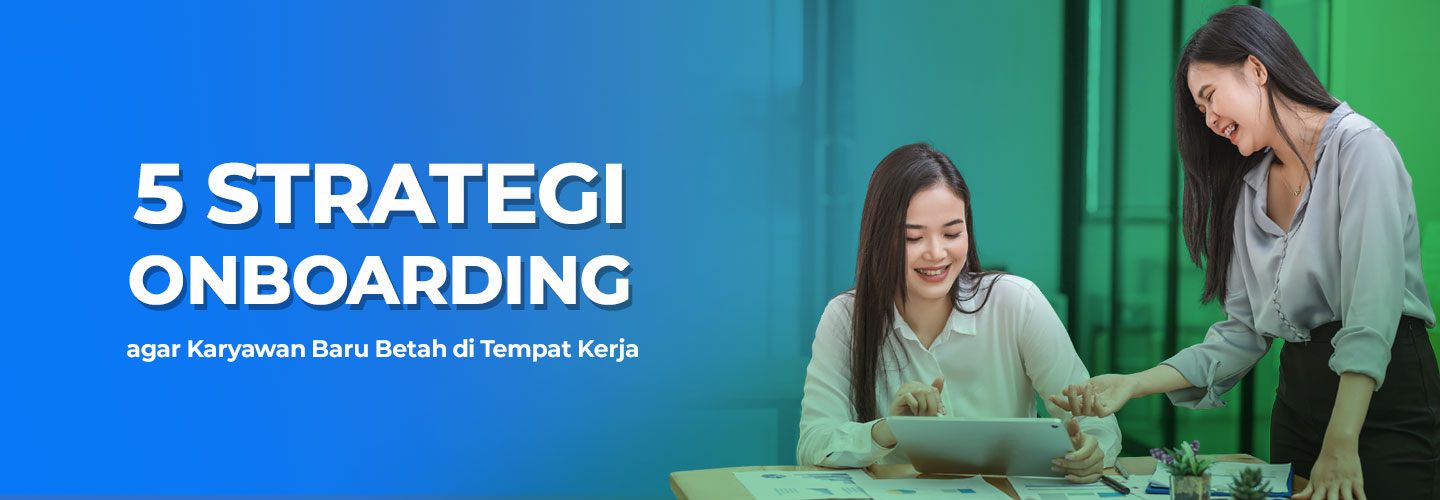5 Onboarding Strategies to Make New Employees Feels Comfortable

The onboarding phase is one of the crucial phases in the employee life cycle. In this phase, the company ensures that employees can get to know the work environment, their duties and the company culture as quickly as possible.
The onboarding phase is an introduction phase for employees that can shape their perception of the company, so that the onboarding experience they experience can be a consideration regarding how likely they will stay in their new workplace. Here are 5 onboarding strategies that companies can use
Introduction to Company Culture.
According to Edgar Schein, a leading organizational psychologist in the field of organizational culture, familiarization with company culture is a critical element in a successful onboarding process. Understanding an organization's values, norms and cultural practices tends to make employees feel more engaged and contribute positively.
Buddy System or Mentorship.
The buddy system or mentorship is an onboarding strategy that pairs new employees with mentors or more experienced colleagues. According to research by Cable and Turban published in the Academy of Management Journal, this buddy system can help them feel more comfortable and speed up their adjustment process to the organizational culture, which can increase new employee engagement.
Setting Clear Goals and Expectations.
According to Locke and Latham, two industrial psychologists who are famous for goal setting theory, setting clear goals and involving employees in the process of setting these goals can increase performance and motivation. During the onboarding process, it is important to be able to set realistic goals and expectations for new employees so that they have a clear view of their responsibilities and can be more focused in their work.
Regular Evaluation and Feedback.
According to Ann Marie Ryan, a professor at Michigan State University, feedback provided regularly during the onboarding process can help increase employee retention rates. Constructive feedback helps new employees understand their strengths and areas for development, so they can better adapt to their role and improve their performance over time
Structured and Continuous Onboarding Program.
Talya Bauer, a professor at Portland State University who specializes in industrial and organizational psychology, emphasizes the importance of providing ongoing support and guidance to new employees during the onboarding period to facilitate their adjustment to the company. According to him, a structured and sustainable onboarding program can increase employee engagement and performance.
The onboarding process is a critical part for new employees because it can shape their perceptions and hopes for the future. Therefore, it is important for companies to know the characteristics of employees so they can provide a positive onboarding experience. Employee assessments can be an entry point for managers and companies into the characteristics of employees and team members, which can help determine what kind of onboarding approach is appropriate for their employees.
Article by Herjuno Tisnoaji - Resident Assessor of prasmul-eli